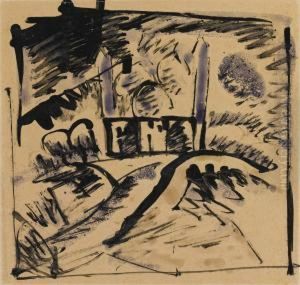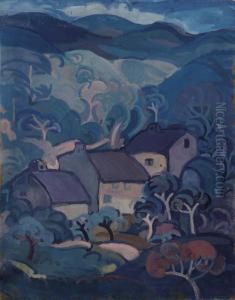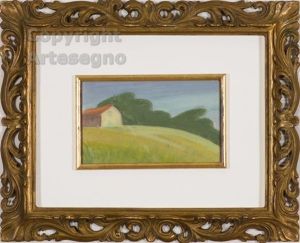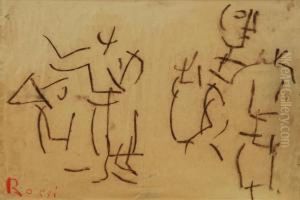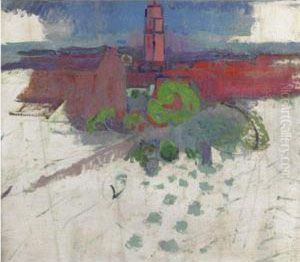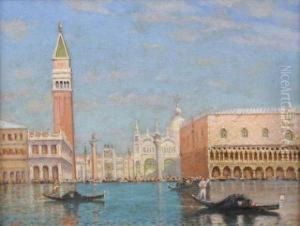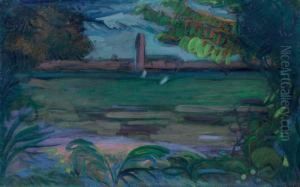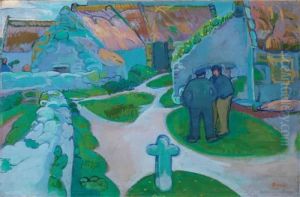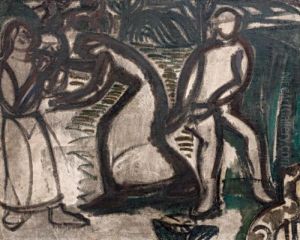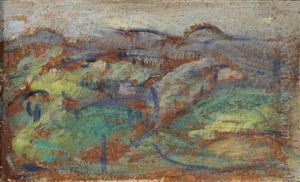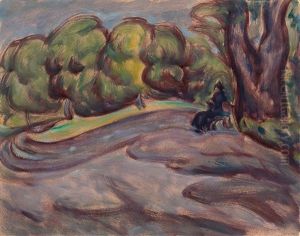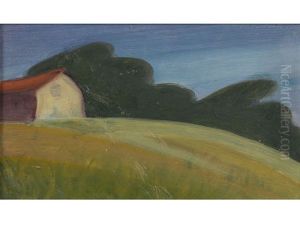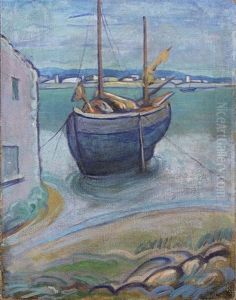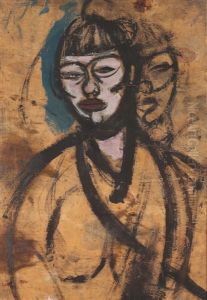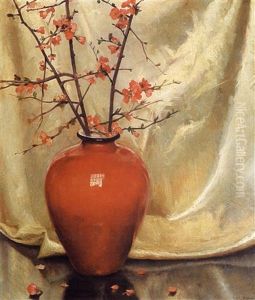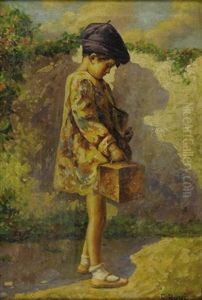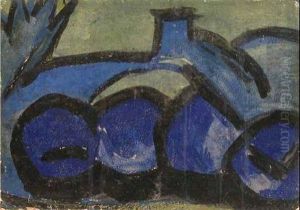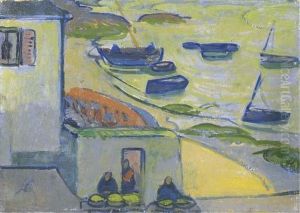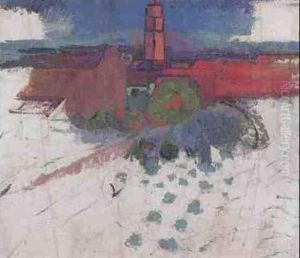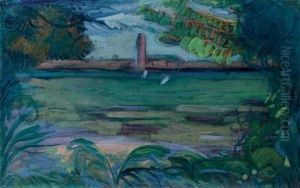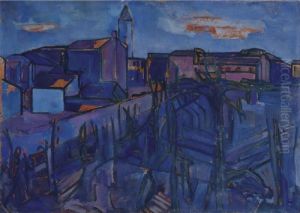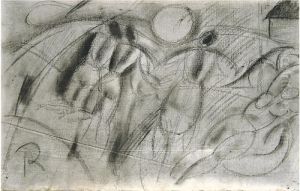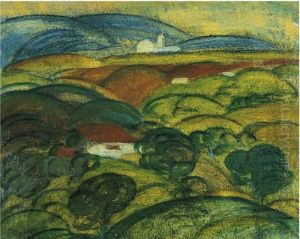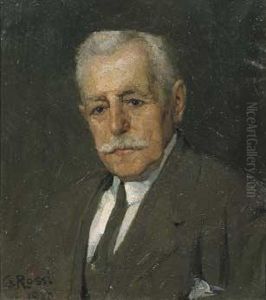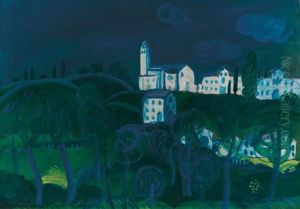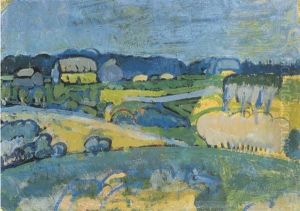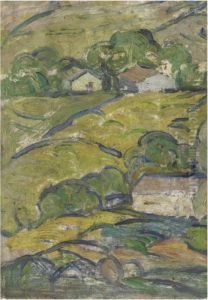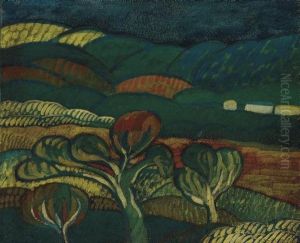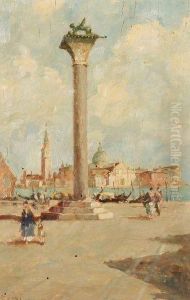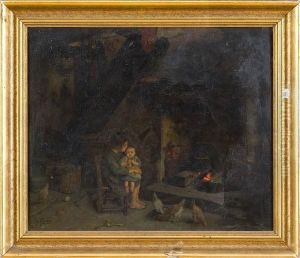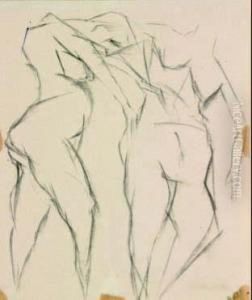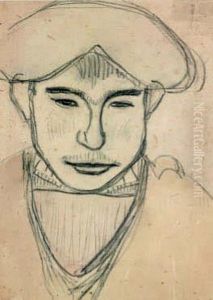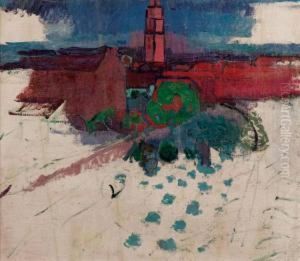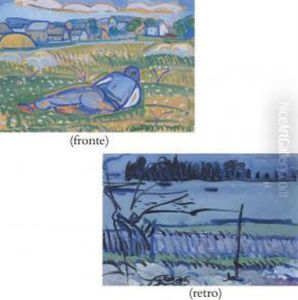Gino Rossi Paintings
Gino Rossi was an Italian painter and printmaker, born in 1884 in Ancona, Italy. He emerged as a significant figure in the early 20th-century Italian art scene, particularly known for his contributions to the avant-garde movements of his time. Rossi's artistic journey began in Venice, where he moved to study art, immersing himself in the vibrant cultural milieu that would heavily influence his early works. His style evolved from the traditional academic training he received, moving towards more innovative and experimental approaches.
Rossi became associated with the Ca' Pesaro group, a collective of artists who were keen on pushing the boundaries of Italian art, embracing the influence of Post-Impressionism, and later, the dynamics of Futurism. However, Gino Rossi's work is distinguished by a unique lyrical quality, with a strong emphasis on color and form, which sets him apart from his contemporaries. His paintings often depicted dreamy landscapes, serene seascapes, and introspective portraits, imbued with a sense of melancholy and poetic sensibility.
Throughout his career, Gino Rossi struggled with mental health issues, which deeply affected his life and work. His later years were marked by periods of intense creativity interspersed with times of severe personal turmoil. Despite these challenges, Rossi's contributions to the Italian avant-garde were significant, and his works were celebrated for their emotional depth and artistic innovation. His paintings are characterized by a delicate handling of color and a distinctive use of light, capturing the ephemeral qualities of his subjects with a tender, almost ethereal touch.
Rossi's legacy in the context of Italian modern art is marked by his ability to synthesize the influences of his time with his personal vision, creating works that resonate with a timeless quality. His art reflects a deep engagement with the human condition, expressed through a visual language that is both deeply personal and universally accessible. Gino Rossi died in 1947, leaving behind a body of work that continues to be admired for its emotional intensity and formal beauty. His contributions to the Italian avant-garde and his unique artistic voice have earned him a lasting place in the annals of art history.
